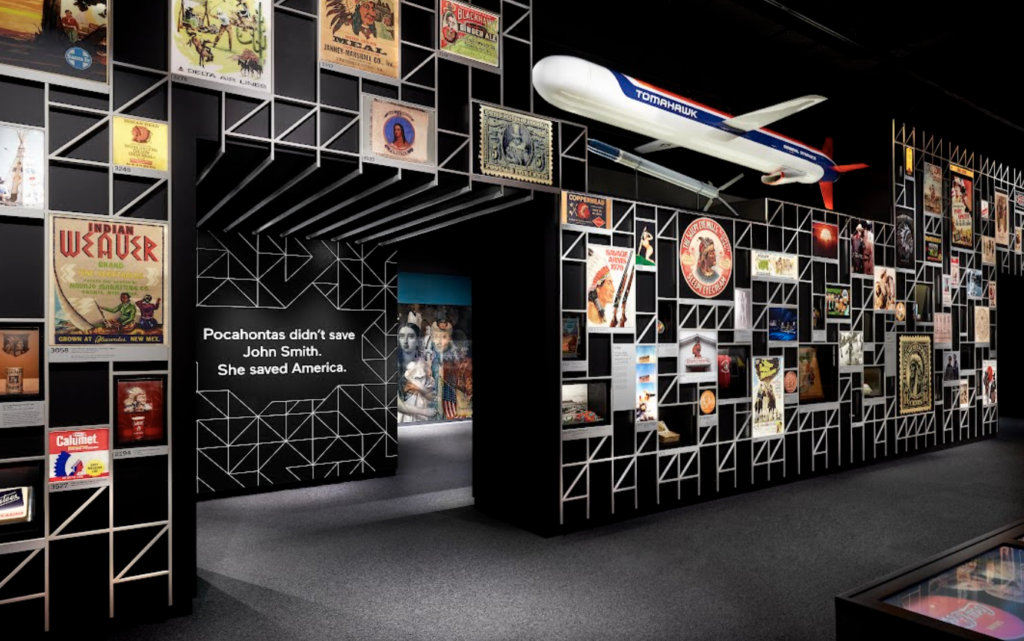
“Why would Filipino Americans, who make up 4 percent of the nation’s nursing corps, represent 30 percent of Covid-19 deaths among nurses in the United States?” (George, 2021).
“Why do Latinas in major fields of employment have to work 22 months to equal the pay of what white men received over a 12-month period?” (George, 2021).
“Why would a mistaken drug raid lead law enforcement agents to fire ten rounds blindly into the home of health care worker Breonna Taylor, killing her?” (George, 2021).
“Why do Asian Americans have a sense of historical déjà vu in the wake of new violence against them?” (George, 2021).
These are all questions whos answers boil down to the concept of systematic racism. “Like a disease that continues to spread and endanger the nation’s well-being, racism has scarred American life since Europeans set foot on American soil centuries ago” (George, 2021).
Racism and the oppressive barriers that come along with it are at the forefront of many movements today, and one of these movements includes the efforts of museums.
“The Smithsonian’s new initiative, ‘Our Shared Future: Reckoning with Our Racial Past,’ seeks to expand understanding of how racism has blighted today’s world and threatens to poison the future if Americans do not confront the danger and open their minds to give all Americans equal rights, equal opportunities and equal access to the American dream” (George, 2021).

The implicit biases and structural forms of racism in our country have been normalized and “the goal is not to get back to normal” as normal is destructive to many different racial groups (George, 2021).
“More than 50 years ago, the Kerner Commission report, an analysis of 1967 racial disturbances, determined that the cause of disruption in urban Black neighborhoods was not outside agitators or media attention as some politicians claimed. Instead, the cause was, very simply, white racism. White institutions created it, white institutions maintain it, and white society condones it” (George, 2021).
One of the exhibitions, “Make Good the Promises: Reconstruction and Its Legacies,” in this initiative “showcases remnants of the post-Civil War Reconstruction era and its failed promises. Reconstruction pledged to offer new rights for African American people, but at the same time, it spurred white violence that sparked retrenchment and a failure to safeguard for Black Americans the right to vote and the opportunity for economic equality. In much the same way, the push for equal rights in the 1960s and 1970s drove a shift into reverse during the 1980s. And again, while Americans elected their first Black president in 2008, recent years have seen the growth of white supremacist groups and increasing evidence of violence by white police officers against Black Americans” (George, 2021).
In this sense, the act of simply putting this information out in a public museum for people to see is radical. It is radical to question history and encourage change through the form of exhibition. It is radical to want to bring attention to concepts that challenge the “normalcy” and state of our country.
So how can museums inspire us to be radical?
“Smithsonian Secretary Lonnie Bunch, who has urged the institution to fulfill its highest ideals, believes museums can take a special part in helping people view their own histories and those of others in a way that will make it possible to create a future that is knitted together, recognizing commonalities and forging alliances rather than encouraging racial divisiveness. A recent report by the Institute of Museum and Library Services, supported by Reinvestment Fund, found ‘the presence and usage of public libraries and museums to be positively associated with multiple dimensions of social well-being—in particular community health, school effectiveness, institutional connection, and cultural opportunity'” (George, 2021).
In the case of museums, making parts of our history present in an accessible way that interconnects people through race, culture, and identity could very much be beneficial in shifting our societal understanding of racism and how to move towards a less racist country. Because how can one possibly begin to tackle the question of racism without addressing the fact that it is prevalent in our country in the past, present, and future? And how can we tackle it without understanding the intersectionality of our struggles, and how we can come together in solidarity to move towards a more equitable country?
References:
George, A. (2021, November 4). Why Museums Are Primed to Address Racism, Inequality in the U.S. Smithsonian Magazine. https://www.smithsonianmag.com/smithsonian-institution/why-museums-are-primed-address-racism-inequality-us-180978992/
NMAAHC. (2021, September 22). Make Good the Promises: Reconstruction and Its Legacies | Exhibition [Video]. Youtube. https://www.youtube.com/watch?v=yPFoUaXq_Tg



